Op-Ed: They fill storefronts, sell online, create jobs, and attract visitors. Why small-scale manufacturers should be in every reinvestment playbook.
Originally published in Next City.
British Columbia's Food Hub Network is just one example of how shared-use processing facilities can support small-business entrepreneurs such as Kindred Cultures Water Kefir, who want to keep their manufacturing local. (Credit: Province of British Columbia/CC BY-NC-ND 2.0)
When community leaders in Columbia, Missouri, first set out to revitalize The Loop, the prospects felt daunting. This stretch of Highway 40 serves as the entrance to Columbia but has been neglected for decades. Local small businesses were few, and struggling.
Leaders organized conversations with neighbors to understand what types of businesses were currently in the region, what the community wanted, and how this effort could contribute to broader city priorities. They soon learned that one particular type of business held an uncommonly powerful potential to support transformation.
Small-scale manufacturers like Claysville Creations and Heartland Soapworks were selling products online as well as in retail spaces, creating jobs, and — most crucially — attracting visitors who want to buy products right where they’re made. The project team realized these would be perfect businesses to be among the first to build a destination in The Loop. Because they sell online, they don’t depend on foot traffic, but still create a reason for people to visit and stay awhile.
Small-scale manufacturers produce anything from textiles to hardware to beer or coffee and more. Unlike large manufacturers, they fit into relatively small square footage and are clean, quiet neighbors. They are well-positioned to compete in the digital economy, but also fill storefronts and contribute to a thriving downtown or business district. They create jobs at a variety of skill levels, and it’s often women, immigrants, and Black, Latino or other business owners of color at their helm. Many owners operate these businesses out of their homes or garages at first, so your neighborhood might be home to small-scale manufacturers already.
More small cities are making small-scale manufacturing a priority in their economic development plans — to not only create these businesses but also encourage them to scale. For example, South Bend, Indiana, created Scaling Up! South Bend, a city-sponsored program to help existing businesses grow and build the pipeline of new businesses in the community. And leaders in Bellflower, CA are actively working to nurture their local small-scale manufacturers, including a fashion designer, fabricator, and a brewery/BBQ restaurant that also produces sauce for sale.
Over the last several years I’ve talked with mayors, economic development professionals, planning directors, and city managers across the country about how to grow a strong local economy and vibrant downtown.
Even today, it still surprises me how often I hear people in these positions talk about attracting a major employer or tech companies as if those are the only industries that deserve our attention and investment. They are not — and cities hurt themselves when this is their only approach.
Every city has a history and community members that make them unique. Whether it’s a history of textile mills or corn production, of immigration or Native tribal heritage, understanding and celebrating what has contributed to your community’s sense of identity is the secret of building an economy no one can take away. Entrepreneurs have always been part of this.
Right now is a particularly important moment for small cities to understand this lesson. Funding from the American Rescue Plan is just now reaching cities, and in the coming weeks and months, local leaders will have to decide how to invest it. How can leaders make sure these funds power long-term local economic growth? Here are a few specific ideas:
Support entrepreneurs — Starting a business is challenging, but cities can make it easier by helping people who are just getting started. The Maker City program in Knoxville, Tennessee, for example, trains residents about how to start and scale a business. With over 900 businesses participating in their programs, and over 50% of participants in the startup training program from low- and moderate-income households, this is all about connecting people and helping them grow their revenues. Some find wild success like Pretentious Beer Glass and change the market. It’s important to invest in these programs and host them specifically in neighborhoods that have been left behind in the past.
Provide incentives to be on Main Street — Build momentum for your local economy by encouraging businesses to locate downtown or inside the business improvement district. Incentives can include buying a building and leasing it at affordable prices, working with commercial landlords to rent to local businesses, or changing zoning to accommodate small-scale manufacturing (which is often unintentionally, or intentionally, prohibited).
Encourage flexible, inclusive ecosystems — In addition to supporting existing and growing businesses, encourage new businesses to start. Create makerspaces and training programs for advanced manufacturing, or commercial shared kitchens to give more entrepreneurs a cost-efficient place to grow. Make capital investments and low-cost loans to help product businesses build their domestic supply chains and distribution networks. And do it in a way that invites participation from business owners who reflect the full diversity of the community.
For their part, city leaders in Columbia, MO, launched a shared commercial kitchen in the Loop — in the middle of the pandemic, no less — to intentionally provide resources for Black and Latino entrepreneurs whose businesses had not been supported in the past. This is just one of the ways we can build a new economic future together. The possibilities are endless.

